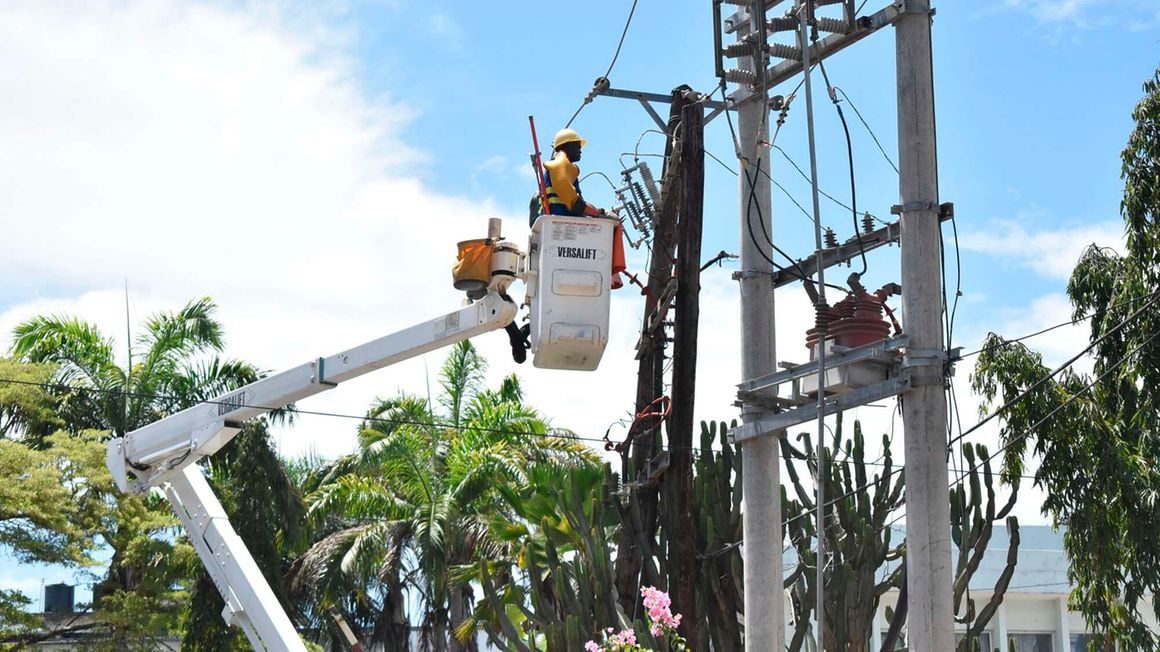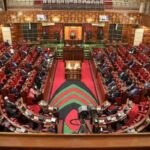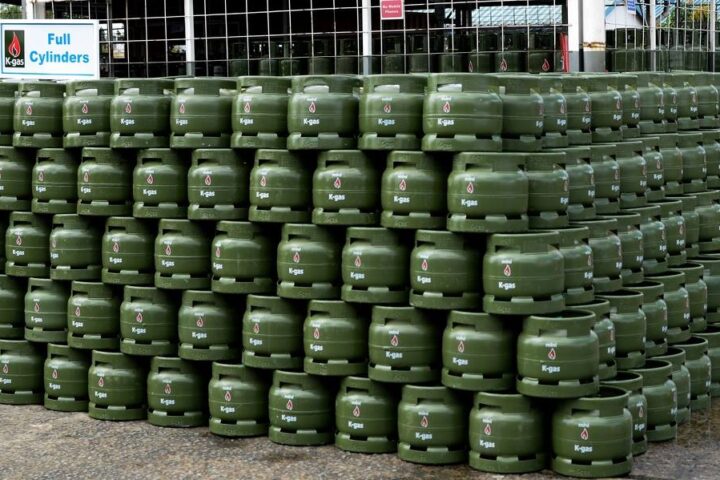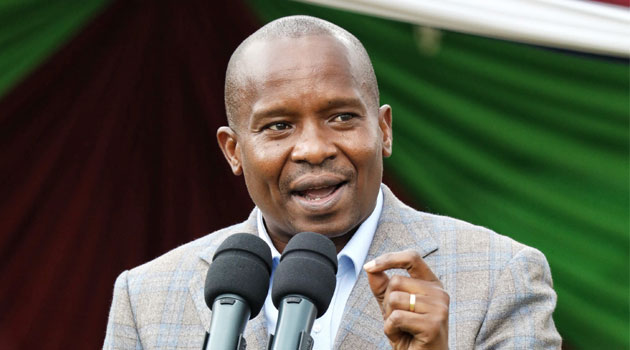The average cost of 50 kWh of power has climbed from Sh796.83 in August of last year to a mean of Sh1,326.54 at the end of May, according to statistics from the Kenya National Bureau of Statistics (KNBS) analyzed by Business Daily.
With electricity inflation recorded at 66.5% last month, this has seen the cost of power impose the largest pressure on consumer spending.
In contrast to larger consumers, consumers with smaller electricity consumption have been hit hardest by growing power prices, with the price of 200 units of electricity rising by a lower 47.2% last month to Sh6,436.28 from Sh4,373.12 in August of last year.
The increase in energy costs is a blow to consumers who have already been feeling the effects of increasing fuel and food prices over the same time period.
Power rates increased by as much as 15% after President William Ruto decided to stop a multi-billion-shilling subsidy scheme at the end of last year, marking the first significant increase in electricity prices in the previous nine months.
In order to help consumers and manufacturers, the former president Uhuru Kenyatta proposed a 15% reduction in electricity tariffs in January of last year.
In a second phase of the project, the government had intended to further reduce electricity costs by the same margin, but negotiations between itself, Kenya Power, and independent power producers broke down before the adjustment could be made.
The buffer was created by power producers and distributors including KenGen and Ketraco deferring their payables to Kenya Power.
However, the utility will bear the cost of the tariff cut because State-owned companies in the electrical industry failed to pass on the savings to Kenya Power, causing losses of Sh2.1 billion, according to a report by the Auditor General.
The adoption of the rate cut, which expired at the end of December, resulted in an estimated Sh26 billion in lost income, according to Kenya Power.
The Energy and Petroleum Regulatory Authority (Epra), however, authorized new electricity rates that took effect on April 1. The new pricing criteria heavily target middle-class homes and small commercial consumers, who now pay at least Sh2.7 billion more in electricity bills each month.
Epra raised the life-line threshold from 100 units previously and increased the base consumption rate to Sh12.22 per unit from Sh10 for life-line clients whose usage does not exceed 30 units.
Tariffs for households and users with monthly usage between 31 and 100 kWh increased by 19% to Sh26.10 and Sh26.22, respectively. The revised charges were, however, marginally lower than those proposed by Kenya Power to the energy sector regulator.
Kenya Power’s request would have resulted in an increase in electricity rates of up to 78% when compared to Epra’s approved tariffs, which increased electricity costs by up to 63%. The tariff revision in April was in accordance with current laws, which require a three-year review of benchmark power rates.
Surcharges such as the fuel cost charge and the foreign exchange rate fluctuation adjustment have risen in unison with increased electricity prices and a weaker local currency outside of the tariff review.
For example, the foreign exchange rate fluctuation adjustment is now 84 cents per kWh, up from 73 cents in August of last year. Meanwhile, the consumption tax for a household consumer who uses more over 100 units of energy per month has risen to Sh20.97 from Sh12.60 earlier.



























